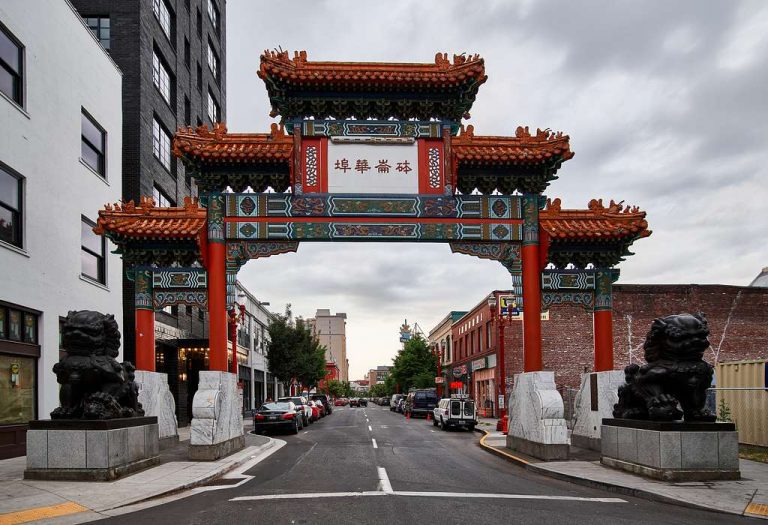American Universities: The Center Of Diverse Cultures (Part 1)
With increased international students and immigrants, American universities have absorbed different cultures from multiple origins. This article will depict how people preserve and spread distinct cultures.

Where People From Multiple Origins Meet
As an outcome of globalization, the tendency to study abroad is increasing globally. Apparently, America has been the destination with the most significant number of international students for a long time. From 2017-2018 there were around 1,094,792 international students, accounting for 5.5% of US enrollment.
Meanwhile, international students in the United States come from every continent around the world. In 2020, a study showed that most non-domestic students came from China, with 317,299 students. China was followed by India, South Korea, Canada, Saudi Arabia, and Vietnam. Moreover, in 2018, a report stated that 28%of the 19 million students enrolled in American colleges and universities were either first-generation immigrants or offspring of immigrants.

In short, this data shows that, with the contribution of international and immigrant students worldwide, the American educational environment is becoming increasingly culturally diverse.
Bringing The Spirit Of Multiple Cultures To The Educational Environment
Every American university and college has multiple organizations, clubs, and events representing different continental and ethnic communities, including the Vietnamese Student Association (VSA), Asian Heritage Month, or Korean American Student Association. These organizations aim to propagate different cultures through traditionally embedded activities.
Chau Giang Pham, an international student at the University of Georgia, serves as the UGA Vietnamese Student Association Secretary. In her interview with Balance Now, she talked about the rewarding experience of bringing her Vietnamese culture to her educational environment. “Our annual biggest cultural show is ‘Night In Saigon.’ The show consisted of amazing dance, singing, skits, talent performances, and food to honor the Vietnamese culture.”
For international students like Giang Pham, finding an organization with the same values, interests, and mission to share the culture of their countries in the US is crucial.
“I feel the urge and the responsibility to share all the uniqueness my culture has to offer to a community that people might not have the opportunity to explore,” Giang said.
Preserving The Origin
These representative organizations aim to preserve immigrant students’ origin. The majority of immigrant students grow up and absorb American culture. Consequently, they lack the chance to share their origin and background with others. However, when they attend diversely-populated American universities, there are more opportunities for them to learn about and embrace other people’s history.
LeAnn Mai, a rising junior coming from Georgia, is a member of the VSA at New York University. For her, working at VSA was a way to continue fostering the Vietnamese spirit and appreciate her background.
Meng Chen, the former president of the Korean American Student Association (KASA) at the University of South Florida, shared LeAnn’s viewpoint. She expressed her enthusiasm for her organization,” I grew up in a predominantly white neighborhood with only a selective few Asian in my schools. As a result, I never really embraced my culture or learned to appreciate it until college, when I immediately felt a sense of belonging when people introduced me to KASA. I wanted to help others like me feel the same way.”
Connecting people from all communities
People of representative origin make up most of the participants at the events hosted by these representative organizations. These gatherings bring members of that community together, providing unity and support.
Attendees from other origins come to these events to discover other different cultures and support their friends and other communities.
“Mình Charity Gala,” one of the most recent events of VSA at New York University, raised almost $2000 for a non-profit organization that helps students from low-income backgrounds in Vietnam. “It was a rewarding experience for me. We didn’t know that we would have a lot of people coming in and a lot of donations. It went beyond our expectations,” LeAnn said.
The American university system plays a vital role in building a culturally diverse environment by supporting these organizations with location, funding, and advice. According to Giang, they were lucky to have counselors from the Office of International Student Life who were always willing to assist them with any concerns. These counselors were the middleman between the student organizations and the college’s rules and protocol.




